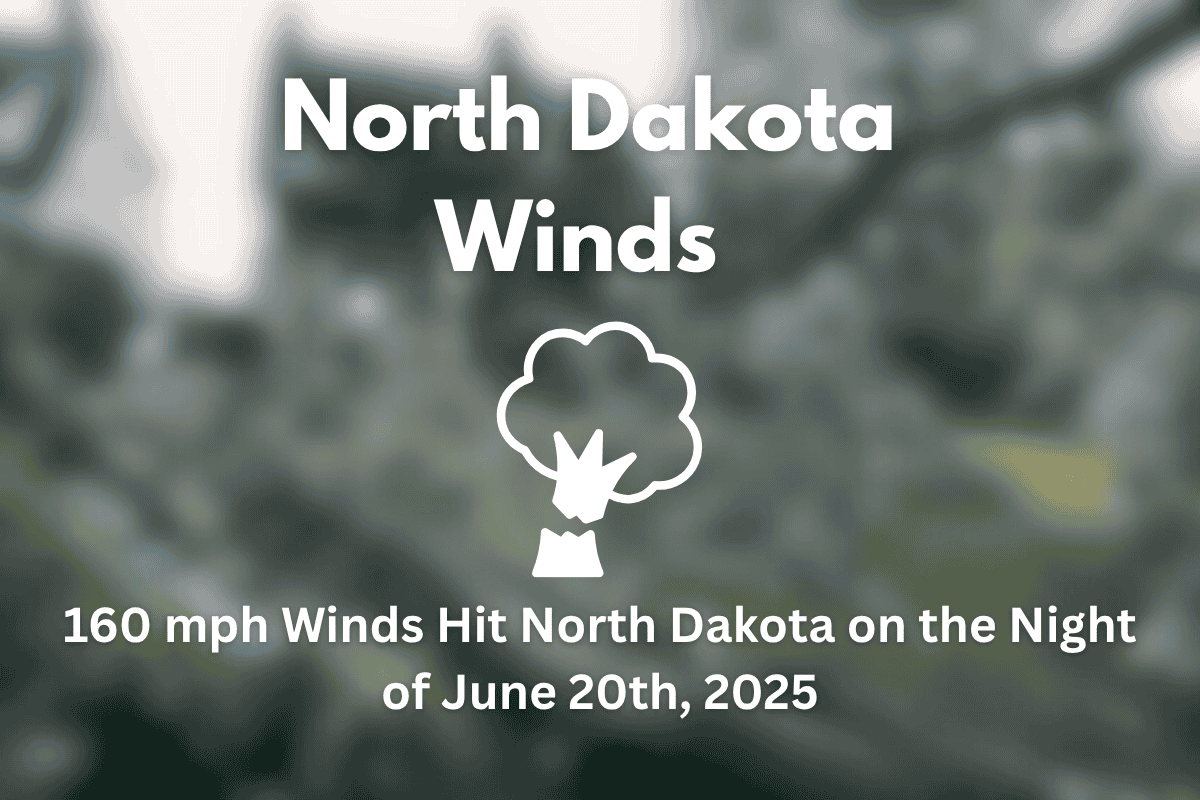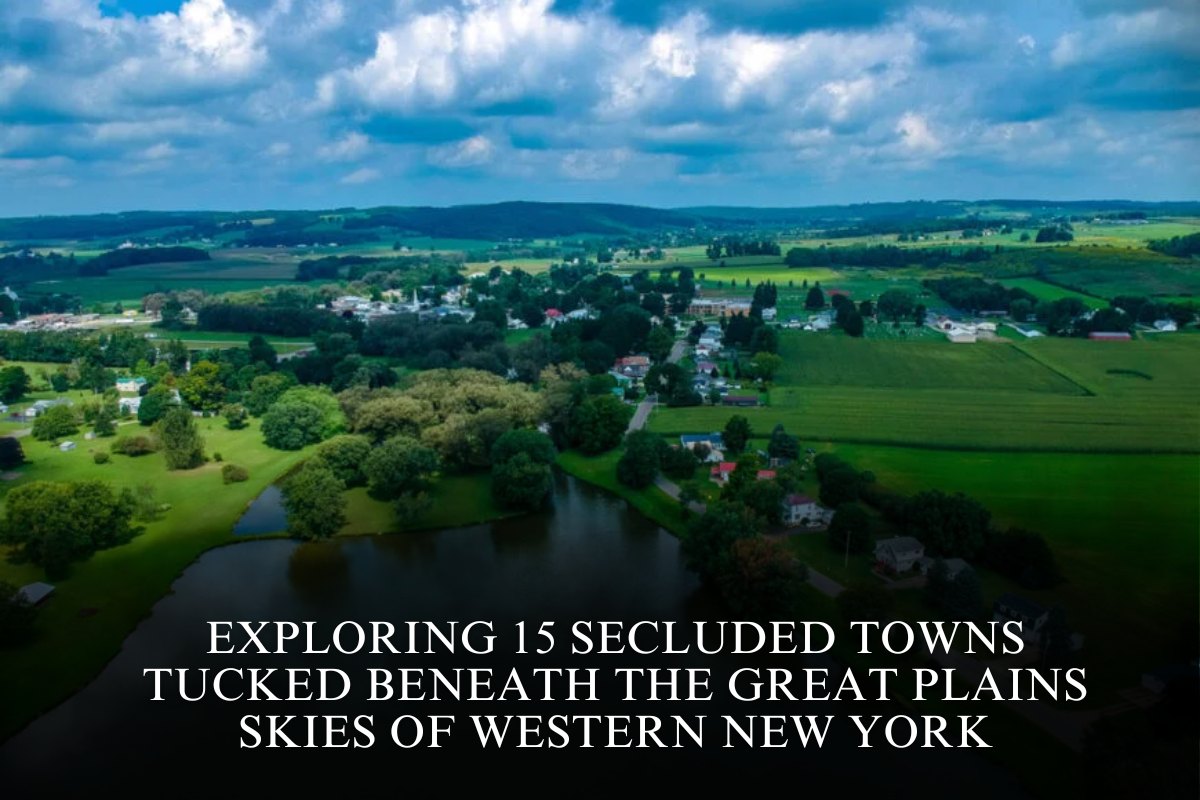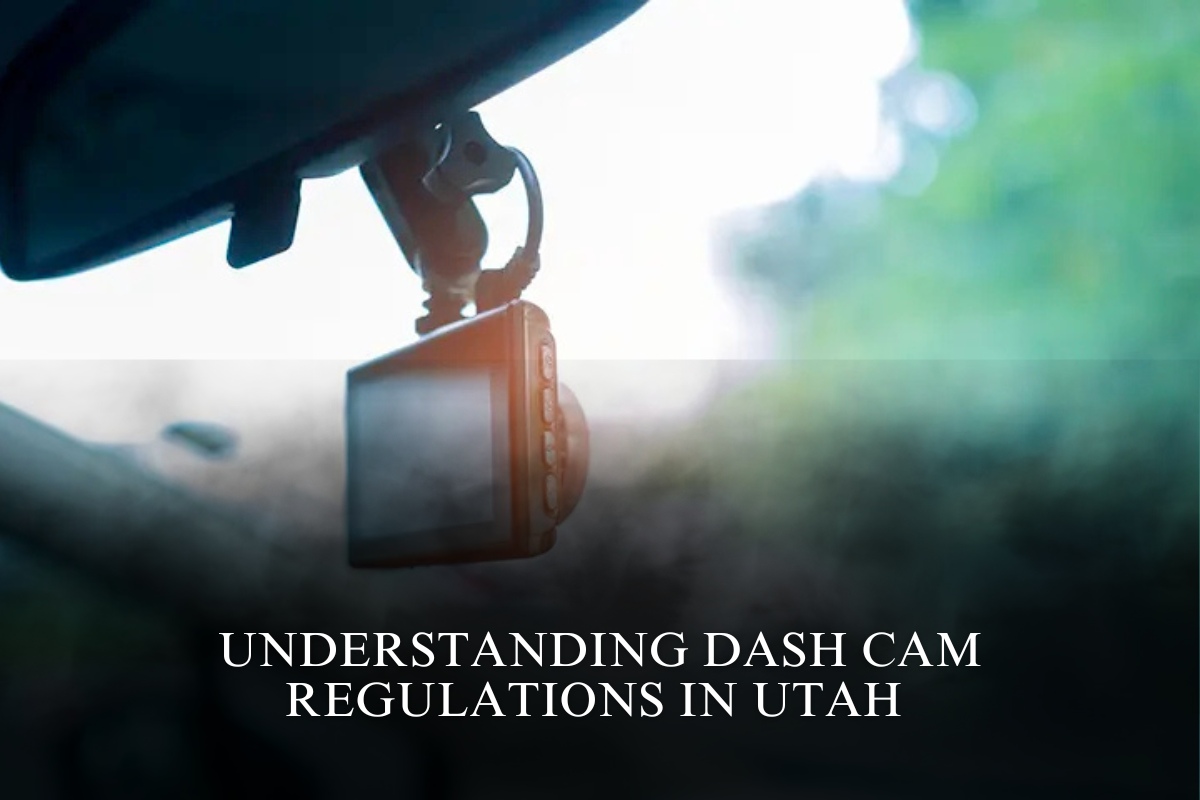On the night of June 20th, 2025, a severe thunderstorm complex struck North Dakota, bringing powerful winds and extreme weather conditions. This storm came on the anniversary of the devastating June 20th, 1957 Fargo F5 tornado, making it a significant event in the state’s history. The severe weather, including winds reaching up to 160 mph, caused widespread damage similar to that of a hurricane.
How the Storm Developed
In the days leading up to the storm, the National Weather Force (NWF), a private weather service, had been closely monitoring the situation. They issued alerts for all types of severe weather, including the possibility of tornadoes, for the region. On the morning of June 20th, NWF issued a Tornado Watch, providing the public with ample warning and time to prepare.
The Main Threat: 160 mph Winds
While tornadoes were possible, the primary threat of this storm was the damaging winds. National Weather Force predicted that the 160 mph winds would cause widespread destruction, especially near a radar site in Eastern Montana. These winds were comparable to the damage typically associated with hurricane-force winds, affecting much of the region.
“Given the shear, tornadoes—some strong—will be possible with it. However, the main concern will be the damaging winds associated with it. Without tornado potential, this would be the Enhanced Severe Thunderstorm Watch, the highest severe thunderstorm watch at the National Weather Force,” stated NWF in their official report.
Storm’s Path
After impacting North Dakota, the storms continued their eastward movement through Minnesota overnight, moving toward the Great Lakes by the morning of June 21st, 2025. Despite the storm’s speed, the damage from the winds was already significant, and the risk of tornadoes, though present, did not become the primary focus of the event.
Impact and Preparedness
Residents in the affected areas had been warned in advance, thanks to the proactive weather alerts from National Weather Force. The Tornado Watch and Enhanced Severe Thunderstorm Watch gave people enough time to prepare for the potential hazards.
The storm’s winds were strong enough to cause damage to homes, trees, and infrastructure, making it essential for those in the affected regions to have had a plan in place.
The severe weather event on June 20th, 2025, was a stark reminder of the power of storms, particularly in regions like North Dakota, where extreme weather can occur unexpectedly. Although tornadoes were a possibility, the primary threat remained the 160 mph winds, which caused widespread destruction similar to a hurricane.
This event also served as a historical reminder of the devastating 1957 Fargo F5 tornado. Moving forward, residents in tornado-prone areas should continue to heed early warnings and stay prepared for future severe weather.












